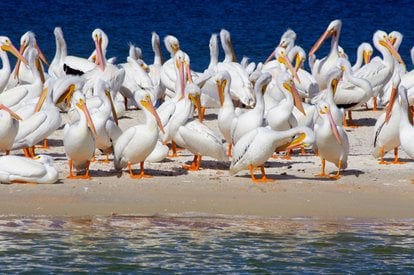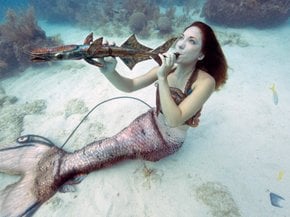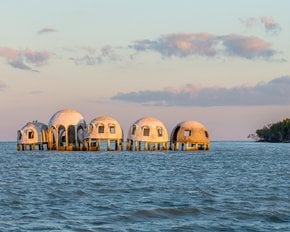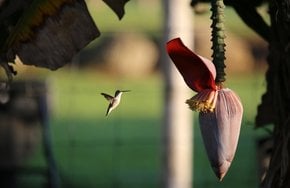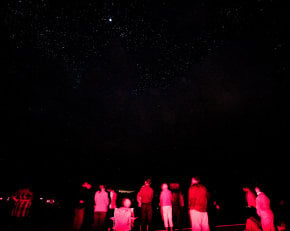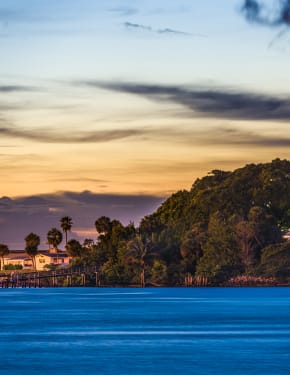White Pelican Migration in Florida 2025-2026
When these professional hunters head to Florida from the northern states, local fish should stay alert
Best time: October–March
Thousands of pelicans migrate to Florida from the mountains and plains of the U.S. Northwest, continuing their journey non-stop! By spring, similar to all snowbirds, they head north. White pelicans have a wingspan of 9 feet (3 m), making them one of the largest birds in North America. Despite their size, pelicans are quite graceful in the air, often flying in formations.
Why Pelicans Migrate
When the first frost hits in northwestern Canada and the USA, white pelicans, which generally feed in lakes, struggle to survive and find food, both due to frozen lakes and overfishing in certain areas. The water starts to freeze in early fall, forcing the birds to head south. Nearly 1,500 birds summon on the lakes of Florida, the Gulf Coast states, and southern California, in October. The area is also known for being the year-round home to brown pelicans. After the winter season is over, American white pelicans head back to Canada and the northern USA for breeding purposes.
Pelican Migration Time & Season
American white pelicans begin their migration in October, appearing on the coast of Florida as early as November. During migration, pelicans separate into two geographical groups. Pelicans, breeding east of the Rocky Mountains, fly south and east to the Gulf of Mexico, while those west of the Rocky Mountains travel to the Pacific Coast. Large groups of over a hundred birds fly during daylight, stopping to feed at lakes and rivers. Large groups of birds stay in Florida until March, and in April, the thawing northern lakes welcome the birds back home. However, pelicans, who breed and nest in Nevada during warmer months, can return even in February.
Brown & White Types of Pelicans
In Florida, you can easily spot brown pelicans living in the state year-round. The white species differs from their brown cousin not only with their migration habits but also amusing hunting rituals. The brown pelicans dive for fish, whereas the white ones form semicircles on the water's surface and drive the fish closer to the banks, where they can finally catch it in the shallow water. Their funny pouches work quite well as fishnets. American white pelicans mainly feed on small fish.
Where to See Migrating White Pelicans
After a long migration flight, white pelicans choose to spend their winters along the coast, staying at bays and shallow waters or larger lakes. Cornell Lab of Ornithology has a white pelican range and sightings map, which can be helpful during your birdwatching trips. American white pelicans are also known to gather during winter at Pelican Island in Gasparilla Sound near the city of Placida, Florida. Getting to the island is not an easy feat since you need to hop on a boat and paddle through the harbor and into the sound. However, local vendors at Placida Park offer kayaking services. Many pelicans winter in wildlife refuge areas, including J.N "Ding" Darling National Wildlife Refuge. Wildlife Drive in the conservation area offers some of the best views of Florida's fauna and costs $10 per vehicle.
Many pelicans winter in wildlife refuge areas, including J.N "Ding" Darling National Wildlife Refuge. Wildlife Drive in the conservation area offers some of the best views of Florida's fauna and costs $10 per vehicle. Situated between between Marco Island and Everglades City and part of a mangrove forest, Ten Thousand Islands National Wildlife Refuge attracts hundreds of wintering birds, including white pelicans.
Florida's state and national parks are also great for spotting these majestic birds. Lake Talquin State Park boasts a large lake and is open from 8 am until sunset. Admission to the park is $3 per vehicle and $2 per person. Everglades National Park, famous for its wetlands, also attracts birdwatchers during the migration season. Admission costs $20 per person and $35 per vehicle.
Practical info
External resources
- University of Florida I Naturally Florida I American White Pelicans (Official website)
- National Audubon Society I American White Pelican (Official website)
- Boreal Songbird Initiative I American White Pelican (Official website)
- CornellLab of Ornithology I White Pelican Range and Sightings (Official website)
- J.N "Ding" Darling National Wildlife Refuge (Official website)
- Ten Thousand Islands National Wildlife Refuge (Official website)
- Lake Talquin State Park (Official website)

